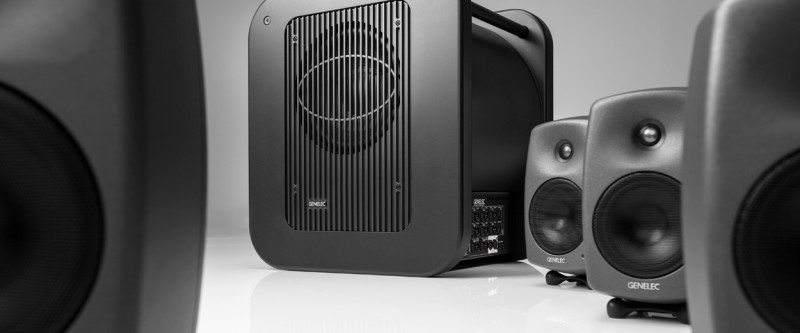raptorious
New Member
- Joined
- Feb 23, 2022
- Messages
- 2
- Likes
- 0
After some quick research on the internet, one of the common sentiments that seems to come across is "studio monitors are optimized for listening from short distance (i.e. in front of a computer, perhaps no more than single digit numbers of feet from the speakers)". I can imagine that this is true to some extent or other, but does this actually mean that, for example, I wouldn't want to use a 3-way studio monitor (in particular I'm eyeing the Kali Audio IN-8 v2) as a "bookshelf speaker" in a medium sized (20 ft x 20 ft) room?
Thanks,
Dan Hansen
Thanks,
Dan Hansen
